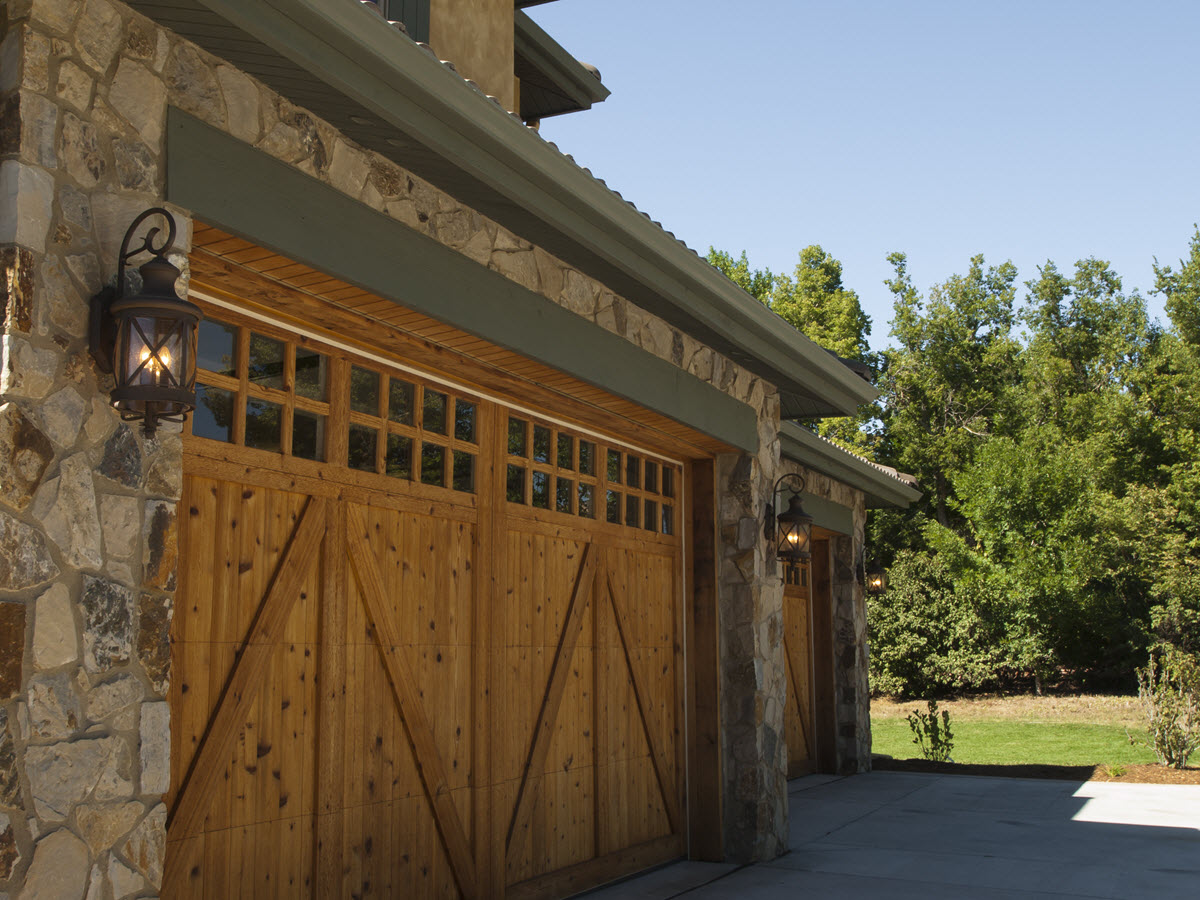Now and then, homeowners look for areas around the home where they can introduce more living space. For some, the garage is a suitable area to embark on a conversion project.
It can be way more expensive to invest in an entirely new additional space. So converting a garage to an extra room seems like a more cost-effective alternative.
Should you go ahead and fully commit to this project? Or should you spend the money on garage door repair to keep your car nice and cozy?
What a Garage Conversion Entails
While it’s a project that’s more affordable than a full addition, you still need to spend quite a bit.
Real estate experts estimate an expense of over $20,000 to convert a garage — depending on what type of room you have in mind. You also need time as it takes about six weeks or fewer to achieve a decent conversion.
What do you need to do during that period?
In general, you’d need to improve insulation. That includes raising floor height, as well as applying insulation to ceiling and walls. Say goodbye to your garage doors and make way for stud walls with proper insulation.
Then you’d need to sort out your home’s heating and cooling system so that it connects with this new living space. Alternatively, you can create a separate system.
Additionally, you’d also need to upgrade your electrical service to accommodate the increased electrical load. That’s in addition to the 200-ampere load, the average for modern homes, that your house is already equipped with.

The Advantages
Now that you have a glimpse of what a garage conversion entails, what are the advantages?
Well, for one, if you’re serious about adding extra living space, you don’t have to sacrifice precious yard space. With an existing structure, you don’t have to worry about encroaching on other areas of your property.
Another benefit of having an existing structure for the conversion is that walls, roof, and flooring are already present — you have to make a few tweaks.
Third, if you’re more than willing to pursue a do-it-yourself strategy, it’s achievable. It’s not easy, but it can be done without direct support from the pros.
And unfortunately, that’s where the advantages end. If the costs don’t prevent you from converting your garage, then perhaps the following disadvantages may dissuade you.
The Disadvantages
The biggest downside with a garage conversion is that if you have a vehicle, you may have to park it outdoors.
That can cause a lot of problems. For instance, excessive exposure to heat and cold temperatures is a quick way to ruin your car’s looks. Plus, a parked vehicle just outside the house can be a tempting opportunity for unscrupulous individuals to break in or vandalize the vehicle.
And unless you have a shed, you’d be losing valuable space for storing essential outdoor tools for yard work.
Lastly, a garage conversion isn’t likely to result in higher property value come selling time. Most buyers look for secure indoor parking space to park their vehicles.
With this in mind, you can take into account how to convert your garage. This way, you can make a well-informed decision you won’t regret.




